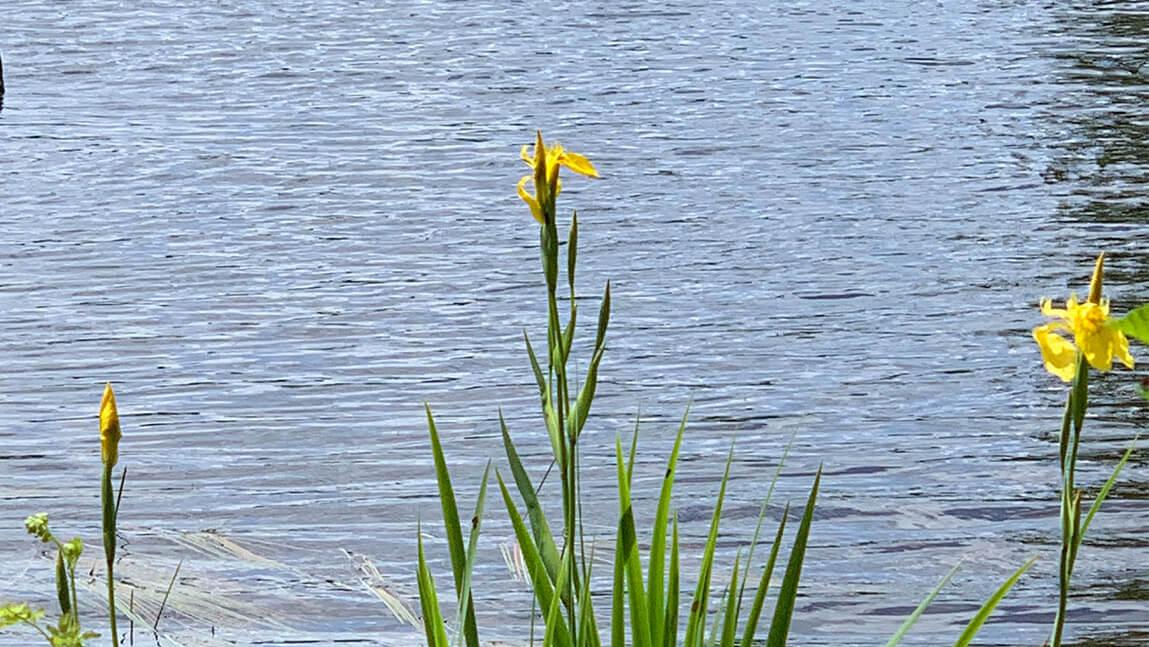An educational webinar series provided research and anecdotal information about the impact of stormwater runoff on Lake Champlain and its tributaries and solutions for management and mitigation of stormwater runoff.
Relevance
Stormwater runoff is a major contributor to nutrient pollution in Lake Champlain and its tributaries. It occurs when rain and snowmelt don't soak into the ground but instead flow over driveways, paved streets, and other impervious surfaces. If not controlled, runoff may accumulate debris, lawn fertilizers, pet waste, sediment, or other pollutants that could adversely impact nearby waterways. To clean and slow the flow of this type of nonpoint source pollution, individuals and municipalities need to implement practices on their properties. Outreach and education also are needed to help home owners, businesses, schools, and communities understand the issues surrounding stormwater runoff and their options for implementation to effect change.
Response
Lake Champlain Sea Grant developed a stormwater management and green infrastructure practices webinar series to complement a university course for undergraduate students and in-service teachers. Presenters for this virtual seven-week series, which also was open to the public, included eight municipal stormwater professionals, outreach specialists, and researchers who shared examples from their research and communities of how nature-based solutions are utilized for stormwater management. In addition, as part of this multi-faceted effort, a new state three-acre General Permit Stormwater regulation will require schools in the Lake Champlain basin with three or more acres of paved or developed surfaces, including parking lots and roofs, to implement nature-based solutions to mitigate stormwater runoff.
Results
A total of 158 participants attended the webinar series. Of these, 58% said that they expect to use knowledge or skills learned in the next 6-12 months. Many participants also reported that they plan to incorporate information about social justice and green infrastructure in their classes. Others plan to talk with community members about green infrastructure, install a rain garden, and include green infrastructure case studies in their teaching. One individual already has installed rain barrels to divert runoff from a storm drain.
Public Value Statement
Controlling stormwater runoff before it enters a lake or stream can make a huge difference in reducing flooding or erosion, protecting water quality, and preventing toxic cyanobacteria (blue-green algae) blooms that close swimming beaches.
